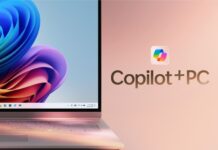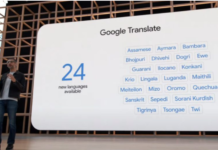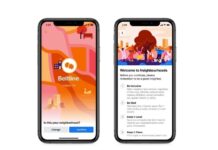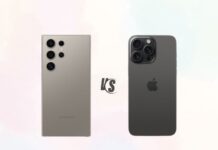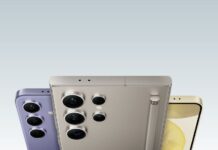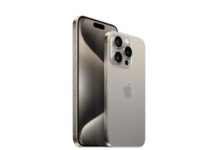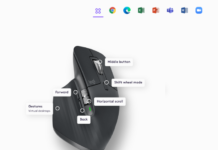Lumia 950 and Lumia 950 XL, Microsoft’s first Windows 10 flagship

Microsoft is rebooting Windows Phone again. Microsoft has announced theLumia 950 and Lumia 950 XL . The two smartphones, platform lead devices for Windows 10 Mobile, were unveiled by Microsoft’s Panos Panay, the new head of engineering of the firm’s premium devices division.
The Microsoft Lumia 950 will start from $549 (approximately Rs. 35,800), while the Microsoft Lumia 950 XL will start at $649 (approximately Rs. 42,300) – Lumia 950 and Lumia 950 XL will become available in November. The company also announced the Lumia 550, due in December at $139 (approximately Rs. 9,100), but did not detail the specifications.
Lumia 950 and Lumia 950 XL Specifications:
Lumia 950

- Display: 5.2-inch WQHD OLED (564 PPI)
- Processor: 1.8GHz hexa-core Qualcomm Snapdragon 808 SoC
- Storage: 32GB internal, microSD card slot (up to 200GB)
- Memory: 3GB of RAM
- Cameras: 20MP PureView on the rear, with optical image stabilization; 5MP wide angle (front)
- Battery: 3000mAh (removable)
- Extras: USB Type-C
Lumia 950 XL

- Display: 5.7-inch WQHD OLED (518 PPI)
- Processor: 2GHz octa-core Qualcomm Snapdragon 810 SoC
- Storage: 32GB internal, microSD card slot (up to 200GB)
- Memory: 3GB of RAM
- Cameras: 20MP PureView on the rear, with optical image stabilization; 5MP wide angle (front)
- Battery: 3340mAh (removable)
- Extras: USB Type-C
The Lumia 950 and Lumia 950 XL come with adaptive antenna technology. The company says that this makes it possible for the device to give users the best reception no matter how they pick it up. The handsets also come with liquid cooling technology, ensuring that the phone doesn’t heat up. Microsoft is promising that the phone will go from an empty battery to 50 percent capacity in just 30 minutes should you let the cell run empty.
The Lumia 950 and Lumia 950 XL feature an organic LED display that lights up with notifications without touching the screen, using close to zero battery life.

The Lumia 950 and Lumia 950 XL support Windows Hello biometric system that unlocks the device by just looking at your face. But the biggest deal was Continuum. Using a Microsoft DisplayDock – which comes with HDMI and DisplayPort and three USB ports, you can connect your phone to the system and seamlessly start using as part of your computer.


